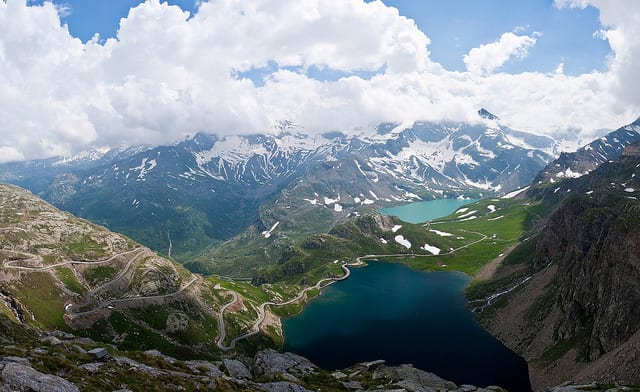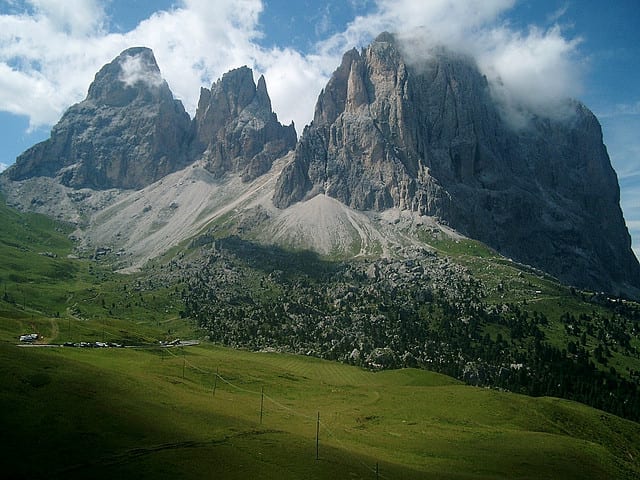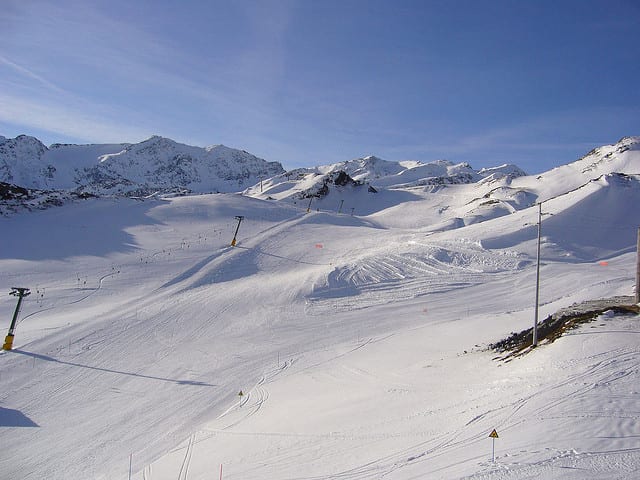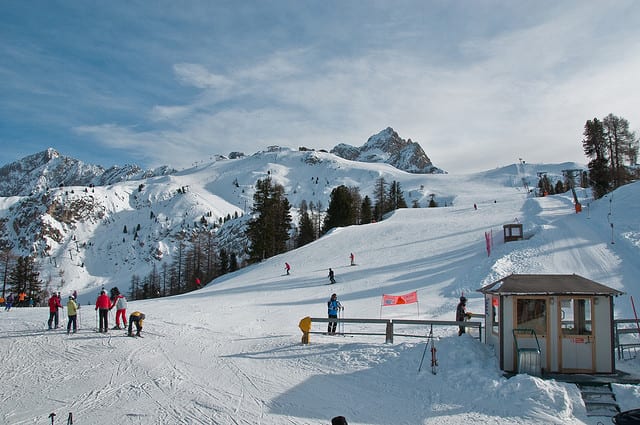
Italian Alps vs Dolomites? Choosing Your Mountains in Italy
November 14, 2024
Trying to decide between the Italian Alps… or Dolomites? If you’re looking for the perfect mountain vacation, you can’t go wrong with either one. (And, yes, both Italian mountain ranges technically belong to the Alps. But most locals call the range in Italy’s northeast corner the Dolomites, while those in the northwest, in the Valle d’Aosta, are the Alps).
Still, the Valle d’Aosta and the Dolomites are fairly different. So if you’re having trouble deciding where to go for your vacation, whether for skiing, hiking, or just taking in the breathtaking scenery, here’s help!
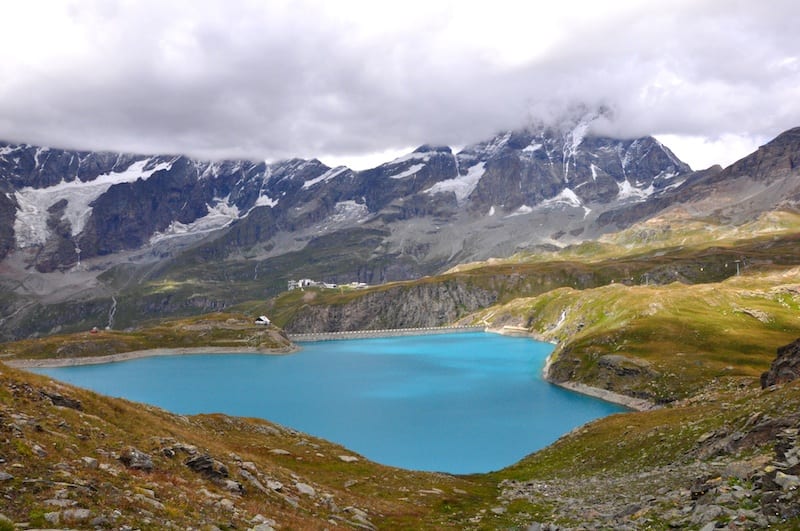
Italian Alps vs Dolomites – which mountain range should you choose? Pictured here is the beautiful Valle d’Aosta.
Table of Contents
ToggleThe Italian Alps vs Dolomites: Which is best?
Both Valle d’Aosta and the Dolomites are excellent for skiing… but the Dolomites boasts a larger variety of slopes
Lots of ski resorts are scattered across both the Valle d’Aosta and the Dolomites. But whether you prefer cross-country, downhill skiing, or snowboarding, the Dolomites, especially, have something for everyone. Their downhill slopes often are more varied, as well, while those in the Valle d’Aosta resorts often tend to be more intermediate.
Highlights in the Dolomites include the chic ski resort Cortina d’Ampezzo, Madonna di Campiglio, Val Pusteria, Val di Fassa, Val Gardena, and Sasso Lungo and Bolzano. A complete guide to the slopes, including pricing and lodging, can be found on the SuperSki website.
Both Valle d’Aosta and the Dolomites have panoramic hiking trails… but the Valle d’Aosta offers more breathtaking views
Head to Gran Paradiso National Park for panoramas of endless green parks and mountains, with glimpses of local wildlife and rare flowers in bloom. Hiking trails are open all summer at every level, from those who want to take in the view at a leisurely pace to the more adventurous hikers and mountain bikers.
Plus, the area is less crowded than the Dolomites during the warmer weather—meaning trails are more tranquil, and accommodation more affordable, too.
Both Valle d’Aosta and the Dolomites are easily reached in northern Italy… but the Alps are closer to Milan or Torino, and the Dolomites are closer to Verona and Venice
Valle d’Aosta is located in northwestern Italy, very close to the French and Swiss borders, and can be easily reached in a 2-hour drive from Milan or Torino. Meanwhile, the Dolomites, near the Austrian border, are a 2-hour drive from Venice or Verona.
Unfortunately, either area is equally difficult to reach by public transport: Although there are a few train stations, and lots of local buses, getting to the ski resorts or smaller towns can be difficult (not to mention time-consuming!).
Both Valle d’Aosta and the Dolomites have popular resorts… but head to the Valle d’Aosta if you’re looking for fewer tourists and a better deal
The Valle d’Aosta’s most popular destinations, including Gran Paradiso National Park, Courmayeur, La Thuile, Cervinia, Cogne, Gressoney and Aosta, the ancient Roman city, tend to be less crowded and less expensive than the main attractions in the Dolomites. Visitors of Valle d’Aosta can also find more off-the-beaten path towns to explore, both in terms of accessibility and prices, than their counterparts in the Dolomites.
Both Valle d’Aosta and the Dolomites serve up some delicious comfort food… but the Dolomites offer more characteristic regional specialties
Specialties from the mountains are synonymous with comfort food: a piping hot plate of hearty food to keep warm, even in the summer! The Dolomites are famous for local delicacies like canederli (savory dumplings with a texture similar to stuffing) and apple strudel. Many dishes include ingredients like speck, a smoky cured meat similar to prosciutto, as well as deer, cabbage, chestnuts, yogurt, and berries. Wines and spirits of the area like Müller Thurgau white wine, vin santo dessert wine and grappa digestives can be found on most menus.
Still unsure which region to choose? Why not visit both?
The trip from Courmayeur to Cortina d’Ampezzo takes about six hours by car, passing through northern Italian towns like Bergamo, Verona, Padova and Treviso… so why not visit both? If not, of course, you can always come back!
by Elena Ciprietti
View more by Elena Ciprietti ›Book a Tour

Pristine Sistine - The Chapel at its Best
€89
1794 reviews

Premium Colosseum Tour with Roman Forum Palatine Hill
€56
850 reviews

Pasta-Making Class: Cook, Dine Drink Wine with a Local Chef
€64
121 reviews

Crypts, Bones Catacombs: Underground Tour of Rome
€69
401 reviews

VIP Doge's Palace Secret Passages Tour
€79
18 reviews

Legendary Venice: St. Mark's Basilica, Terrace Doge's Palace
€69
286 reviews









